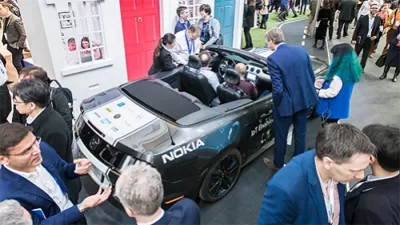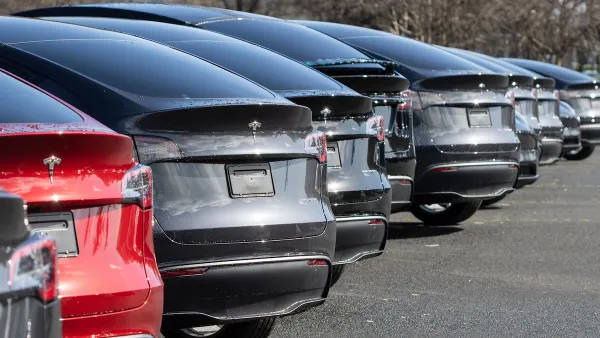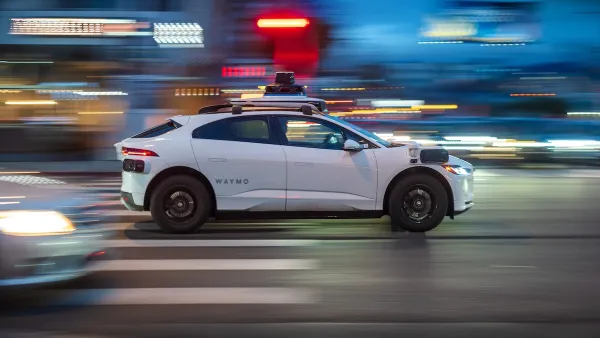The rollout of 5G, combined with the ability to compute on the edge, are allowing for new developments in V2V and V2I communications. Here's why low latency and gigabit speeds are essential.

A car moving at 50mph travels 72 feet—or 22 meters—in one second. If something happens on the road, and the vehicle's network sends a message to the brakes that takes 100 milliseconds to arrive, it could be too late to stop a collision. Any delay could be critical.
Today's wireless networks have run into a problem—more people and devices are consuming more data than ever before, but data remains crammed on the same bands of the radio-frequency spectrum that mobile providers have always used. Those bands, from 300KHz to 6GHz, are used for everything: smartphones, fixed wireless phones, remote control devices, all WiFi 801.11 specs, Bluetooth and other devices.
Having gigabit speeds and low latency, down to one millisecond, is not enough to ensure quick response, especially on self-driving vehicles. Fast on-board CPUs, plus additional processing at basestations, is a must. This is commonly referred to as edge computing.
FULL STORY: 5G & Edge Computing: Enabling Autonomous Vehicles

Planetizen Federal Action Tracker
A weekly monitor of how Trump’s orders and actions are impacting planners and planning in America.

Map: Where Senate Republicans Want to Sell Your Public Lands
For public land advocates, the Senate Republicans’ proposal to sell millions of acres of public land in the West is “the biggest fight of their careers.”

Restaurant Patios Were a Pandemic Win — Why Were They so Hard to Keep?
Social distancing requirements and changes in travel patterns prompted cities to pilot new uses for street and sidewalk space. Then it got complicated.

Platform Pilsner: Vancouver Transit Agency Releases... a Beer?
TransLink will receive a portion of every sale of the four-pack.

Toronto Weighs Cheaper Transit, Parking Hikes for Major Events
Special event rates would take effect during large festivals, sports games and concerts to ‘discourage driving, manage congestion and free up space for transit.”

Berlin to Consider Car-Free Zone Larger Than Manhattan
The area bound by the 22-mile Ringbahn would still allow 12 uses of a private automobile per year per person, and several other exemptions.
Urban Design for Planners 1: Software Tools
This six-course series explores essential urban design concepts using open source software and equips planners with the tools they need to participate fully in the urban design process.
Planning for Universal Design
Learn the tools for implementing Universal Design in planning regulations.
Heyer Gruel & Associates PA
JM Goldson LLC
Custer County Colorado
City of Camden Redevelopment Agency
City of Astoria
Transportation Research & Education Center (TREC) at Portland State University
Camden Redevelopment Agency
City of Claremont
Municipality of Princeton (NJ)




























